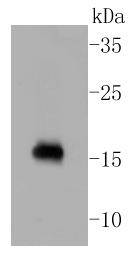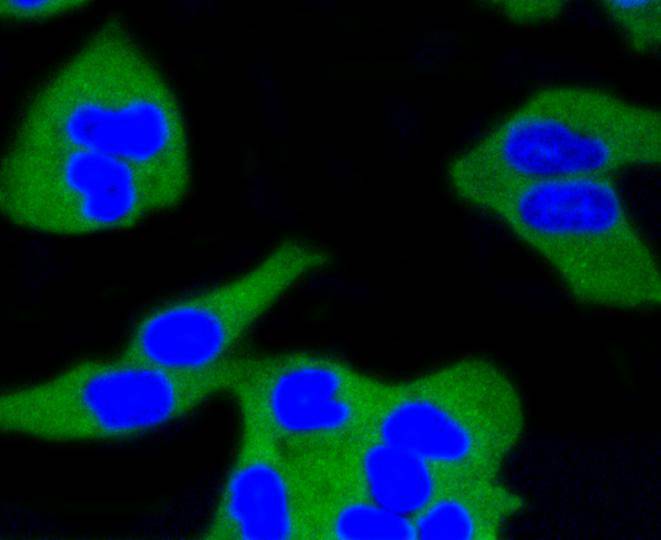The level of intracellular calcium is tightly regulated in all eukaryotic cells. A modest increase in this level can result in a myriad of physiological responses, most of which are mediated by calmodulin (CaM), the universal calcium sensor. CaM directly modulates the activity of protein kinases and phosphatases, ion channels and nitric oxide synthetases. It is generally involved in such diverse processes as cell proliferation, endocytosis, cellular adhesion, protein turn over and smooth muscle contraction. CaM (calmodulin) is an acidic protein, 148 amino acids in length, with four helix-loop-helix calcium binding domains. In humans, 3 distinct genes have been identified (CALM1, CALM2 and CALM3); each encoding the identical protein. CALML3 (calmodulin-like 3, or calmodulin-related protein NB-1) shares significant sequence identity with CaM and it is suggested that it may competitively bind CaM substrates. Interestingly, CaM has been shown to associate with the carboxy terminus of the dystrophin gene product, implying that it may regulate its activity.






